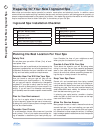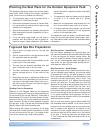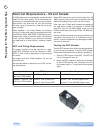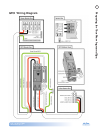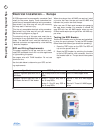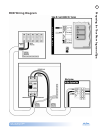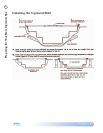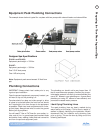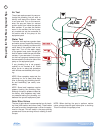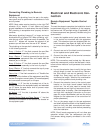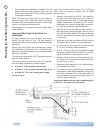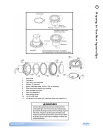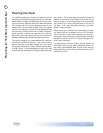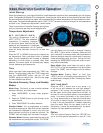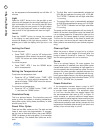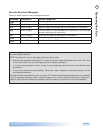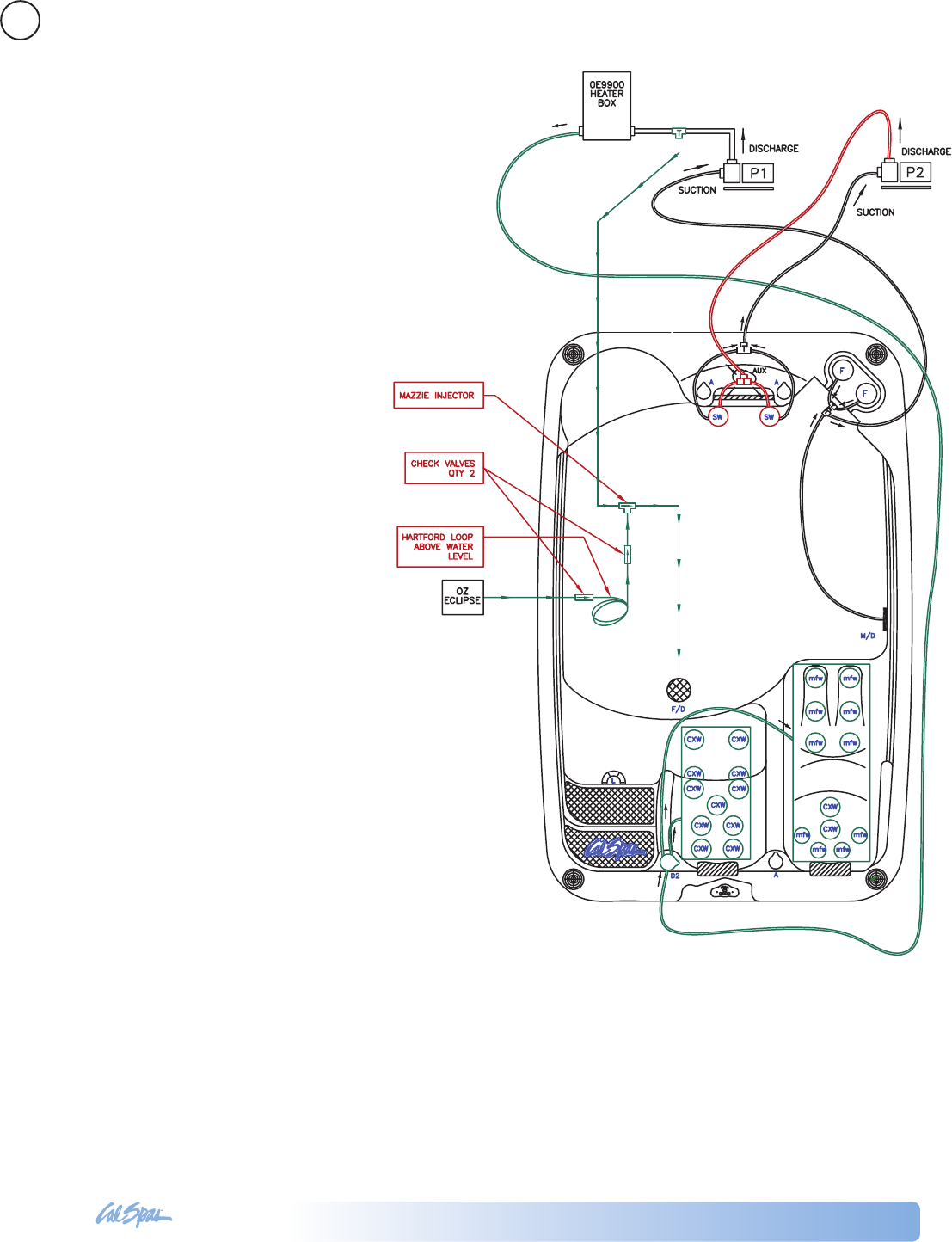
2009 Inground Spas
LTR20091002, Rev. A
Preparing for Your New Inground Spa
www.calspas.com
12
Air Test
The air test requires a wet/dry vacuum.
Locate the plumbing line you wish to
identify and secure the vacuum hose
to cut open end. Turn on the vacuum,
enter the spa and listen for vacuum
suction sound from inside the spa side
lter canister. If you hear the suction
sound in the canister, the line is prop-
erly marked and can be connected to
the suction side of the pump on the
equipment pack.
Water Test
The water test requires a garden hose
and water source. Locate the plumbing
line you wish to identify and secure the
outlet side of the garden hose to cut
open end. Turn on the water supply
to the garden hose, enter the spa and
look for water inside the spa side lter
canister. If you see water in the canis-
ter the line is properly marked and can
be connected to the suction side of the
pump on the equipment pack.
If any plumbing line is not properly
marked or not marked at all, follow
either the air or water test procedure
until all lines are identied prior to glu-
ing.
NOTE: Once complete, water test the
plumbing run for at least three days
prior to covering any plumbing trench-
es and back-lling spa cavity com-
pletely.
NOTE: Some local inspectors require
pressure testing the plumbing lines.
Although the spa is pressure tested at
the factory, local inspectors may insist
on pressure testing the plumbing run
between the spa and equipment pack.
Gate/Slice Valves
The use of gate valves is recommended on all plumb-
ing lines (both suction and return lines). These valves
are used to contain the spa’s water in either the equip-
ment or the spa. This will assist in the pump priming
process and future servicing without needing to drain
the spa.
NOTE: When draining the spa to perform mainte-
nance, always close the gate valves prior to draining.
This will maintain the pumps prime.



